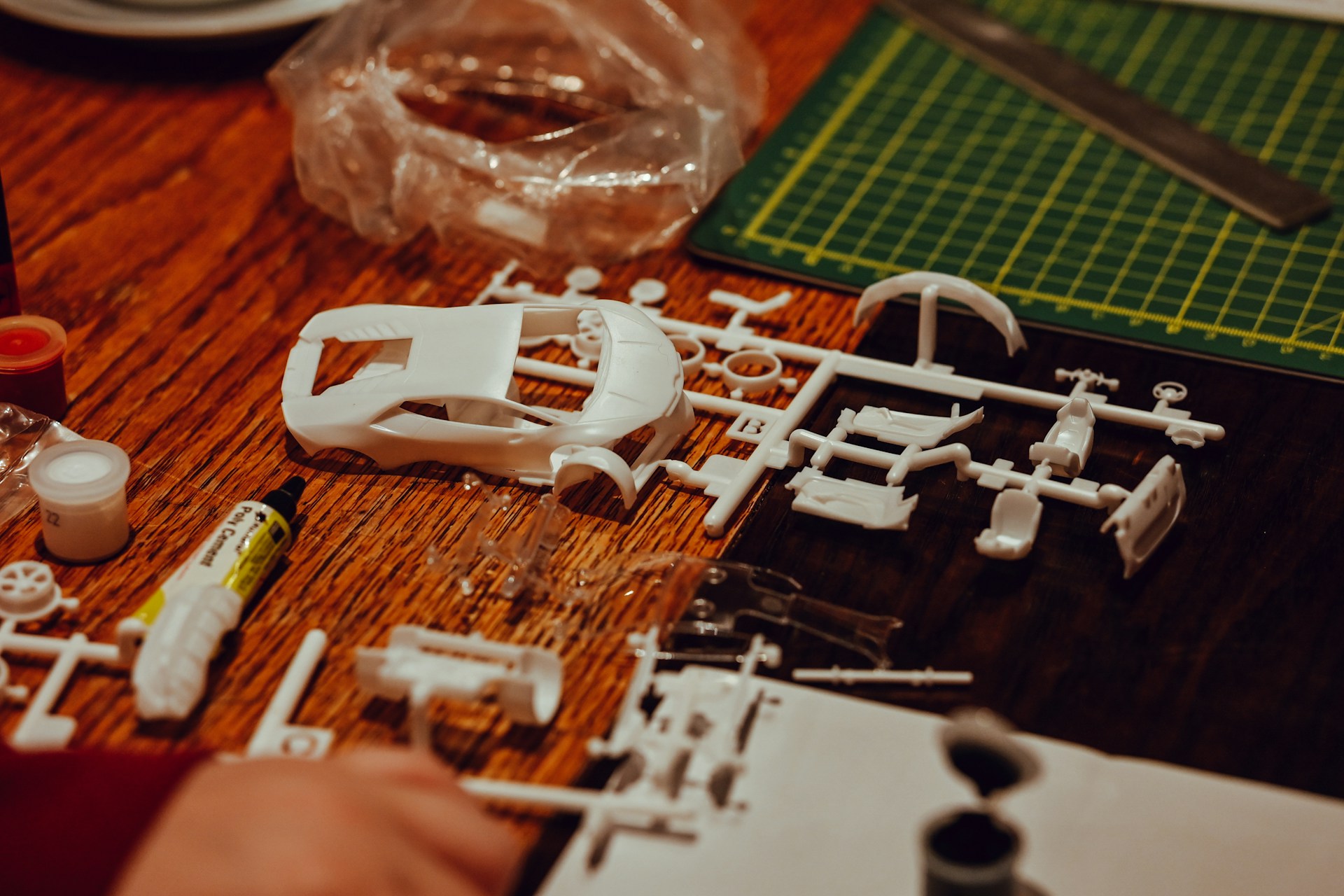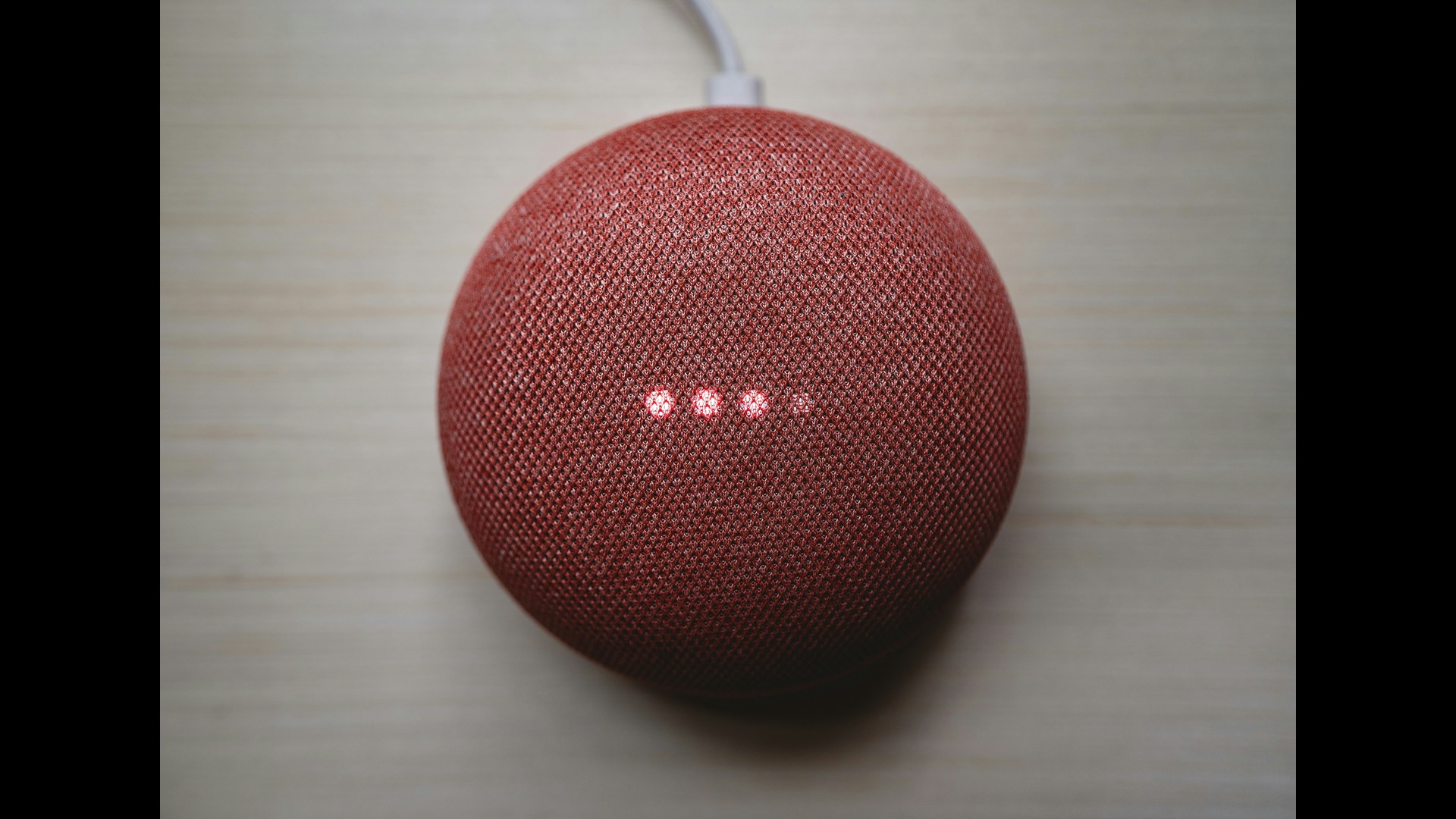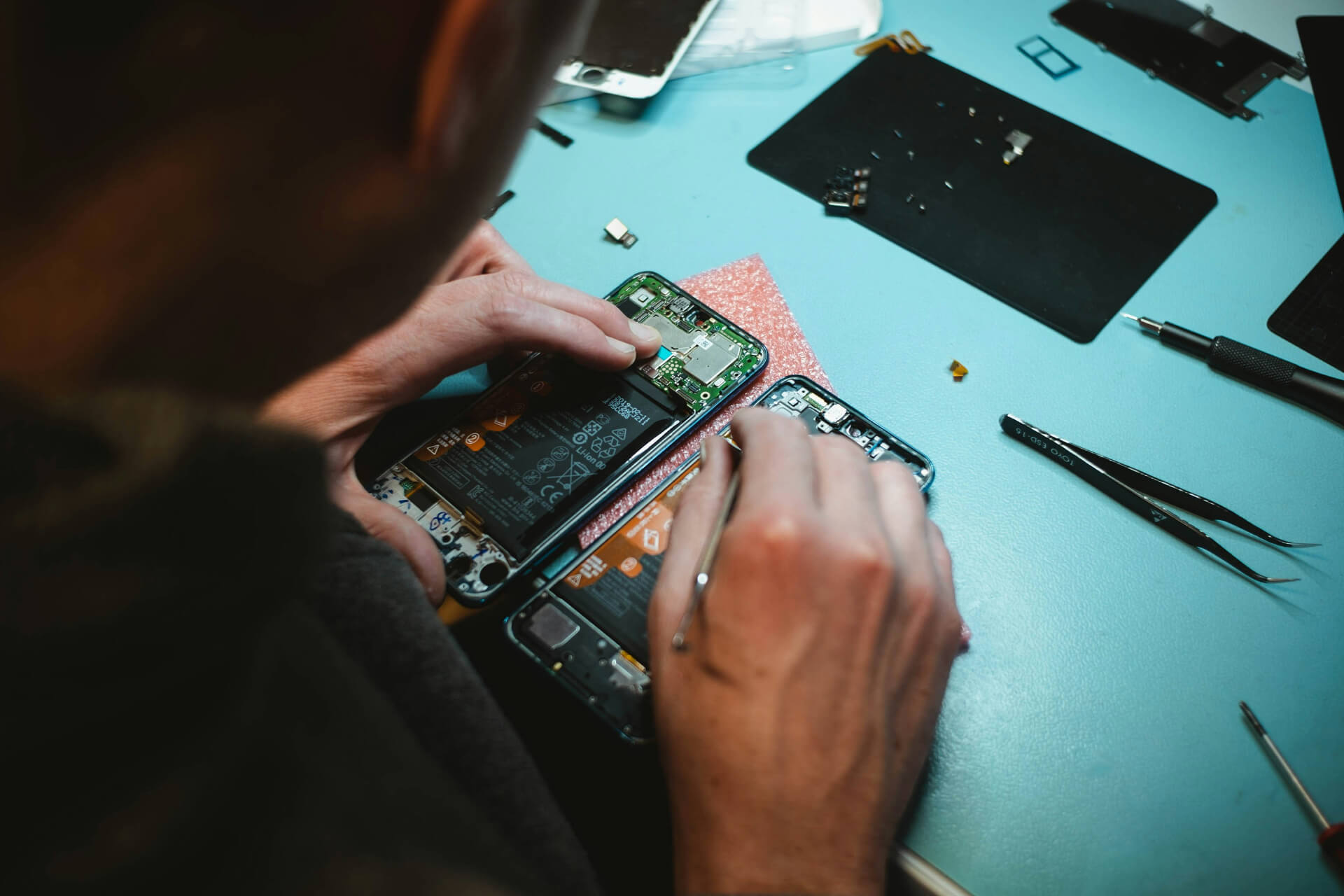
The Repairable Phone Is Necessary to Overcome Planned Obsolescence
March 19, 2024 - Emily Newton
Revolutionized is reader-supported. When you buy through links on our site, we may earn an affiliate commission. Learn more here.
Planned obsolescence is one of the most prominent factors in growing e-waste concerns. Tech companies are designing everything from laptops to phones in a way that forcibly renders them useless after only a few years. These devices probably have a shelf life of much longer. Considering the tech of past generations makes it painfully obvious how phone companies are dismissing the environment’s health for profit. Therefore, the repairable phone is one gateway to reversing the climate crisis, but what does that look like? Are there any companies working on this?
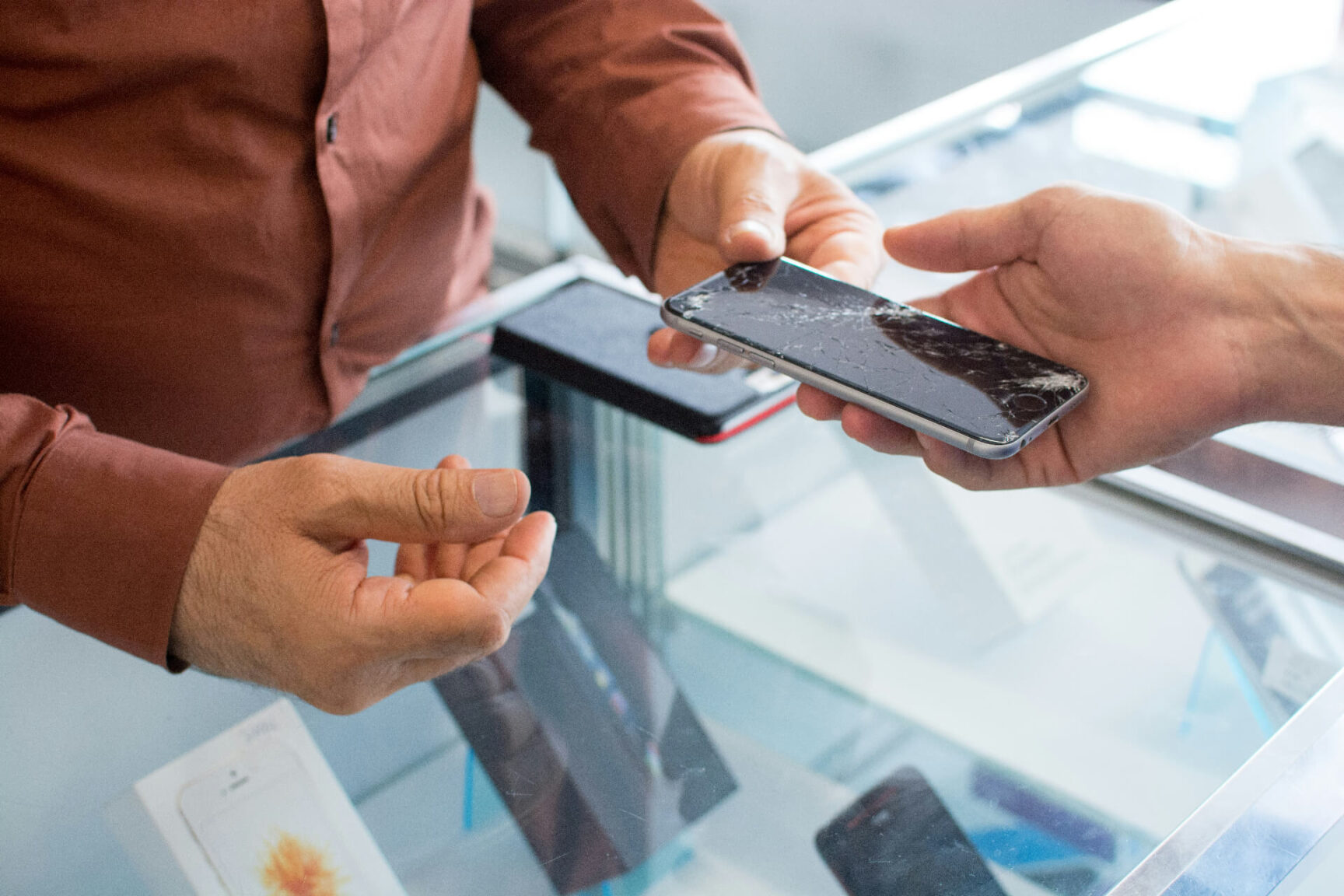
The Phone Life Expectancy Myth
Most major phone companies release new phone models on a several-year cycle, incentivizing customers for trade-ins for sometimes only marginally better tech. This pressure and manipulation have caused consumers to believe in a two to three-year life expectancy for devices, which is sometimes untrue.
It all comes down to usage, but even the top phone brands have made their phones in a way that breaches that deadline. Secondhand phone sellers are proof of this — iPhones from six or seven years ago can still function perfectly fine if the previous owner(s) treated them gently.
This behavior has resulted in an overconsumption market for phones, making a repairable phone more important than ever. In 2022, there were 16 billion mobile phones in the hands of buyers — 5.3 billion of them became waste that year.
Many escaped ethical disposal methods, like recycling. The matter is more complex because phones are packed with precious metals like silver and copper. Raw material extraction displaces species and corrupts environmental health. What is the point of these efforts when billions of phones go to landfills? It is why material shortages exist and corporations fail to forge circular economic practices.
The Phone Waste Landscape
Phones cannot work forever — this much is obvious. However, the curated two to three-year shelf life that phone companies have made consumers believe is acceptable is not practical for the planet or customer wallets. Phones didn’t used to have this problem, though they started with painfully small and low-capacity batteries.
These realizations are why legislative action is necessary for positive change. EU laws are working to force phone companies to make their devices easily fixable with replaceable batteries. This means finding ways to capture trashed materials to have a stock to meet demand. The EU rules declare companies must collect at least 61% of waste and recover 95% of old materials for batteries.
Phones are one of the most prominent aspects of e-waste statistics, but how does this manifest in the numbers?
- 70% of toxic waste is electronics.
- Around 80% of U.S. e-waste is transported to pollute other nations, primarily in Asia and Africa.
- Cell phone waste will increase by 8% yearly, if not more.
- The amount of gold and silver thrown away in phones yearly amounts to $60 million.
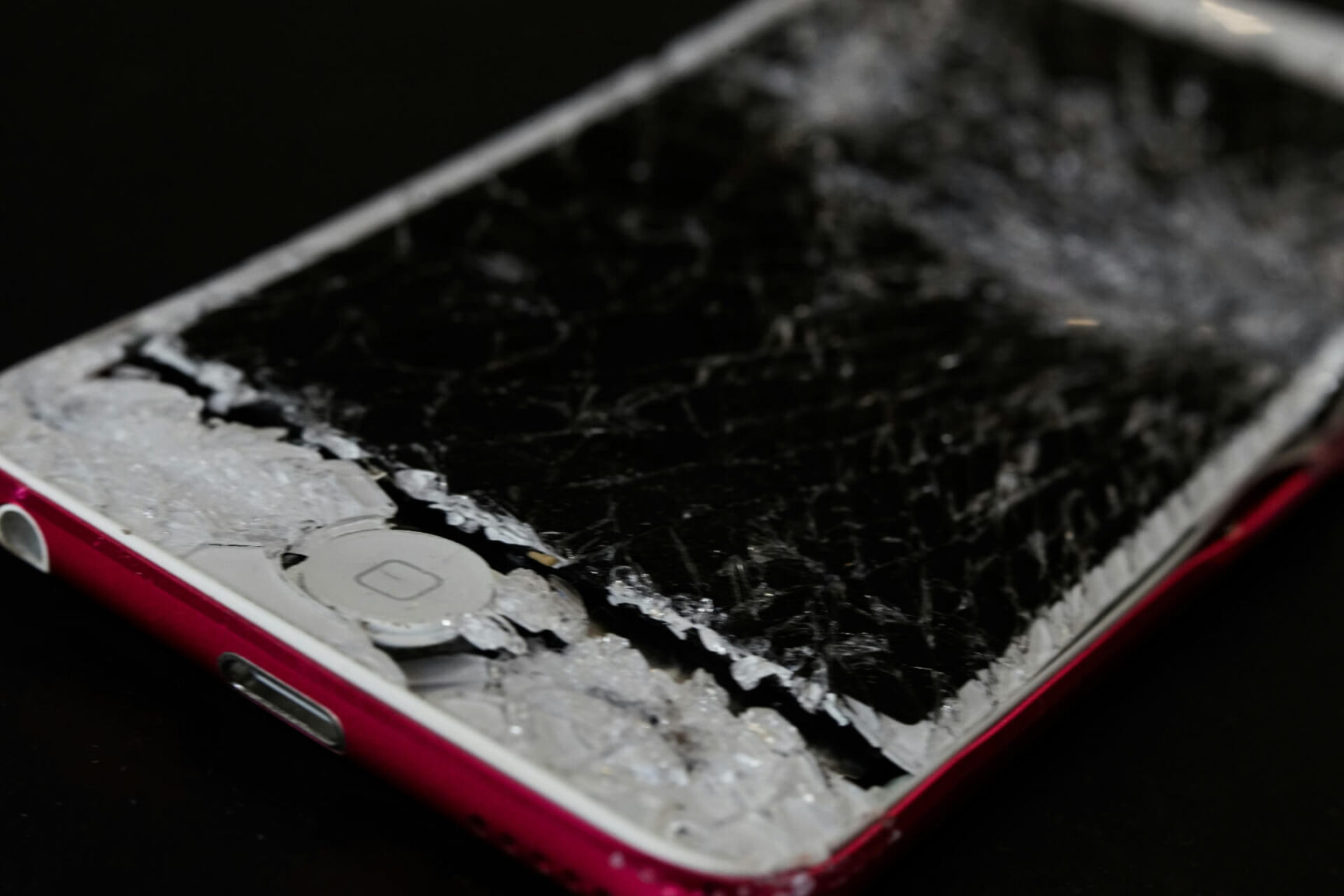
Is Anyone Making a Repairable Phone?
Several companies are unveiling disruptive technologies in the phone sector. Here are a few publicizing viable, scalable solutions for dissolving planned obsolescence.
Shiftphone
Meet a modular phone. In particular, the most recent model, the SHIFT6mq, has 13 parts that customers can exchange and upgrade with tools they probably already have at home. For phones you no longer want, the company takes them back to recycle into other products. They also take it upon themselves to grab phones from the Global South that have been discarded and give them new life. They recycle e-waste, and the more phone companies that take this responsibility, the better off habitats will be.
Teracube
Teracube is here to fight e-waste and support buyers in fixing their phones. They have everything from replacement USB-Cs, screens, speakers, and more. They have a four-year warranty, reminding customers the longer they keep their phone, the more sustainable it becomes.
Fairphone
Fairphone is a Dutch company. Their primary mission is to ensure their consumers know every part of their phone and feel empowered to replace aspects of it as needed. Fairphone makes its devices from recycled materials. Every phone is modular, so picking out and replacing each facet is easy. They ensured the construction avoided proprietary parts that prevented access and other unnecessary elements, like glue.
They are also trying to extend the expected life span of a phone. Their newest release, the Fairphone 5, will remain supported until 2031. Also, their manufacturing process uses 100% renewable energy for an even greater win for the climate.
Nokia
Some major companies are getting better about their phones. The G22 and G42 models are more accessible to peel apart, though the screens leave room for improvement. Nokia released its self-repair campaign with these versions.
They partnered with iFixit to provide the spare parts, complete with instruction guides for people to learn as they go. They still offer in-house repairs if customers don’t feel confident enough. This is still essential because the point is to design phones that are repairable at all.
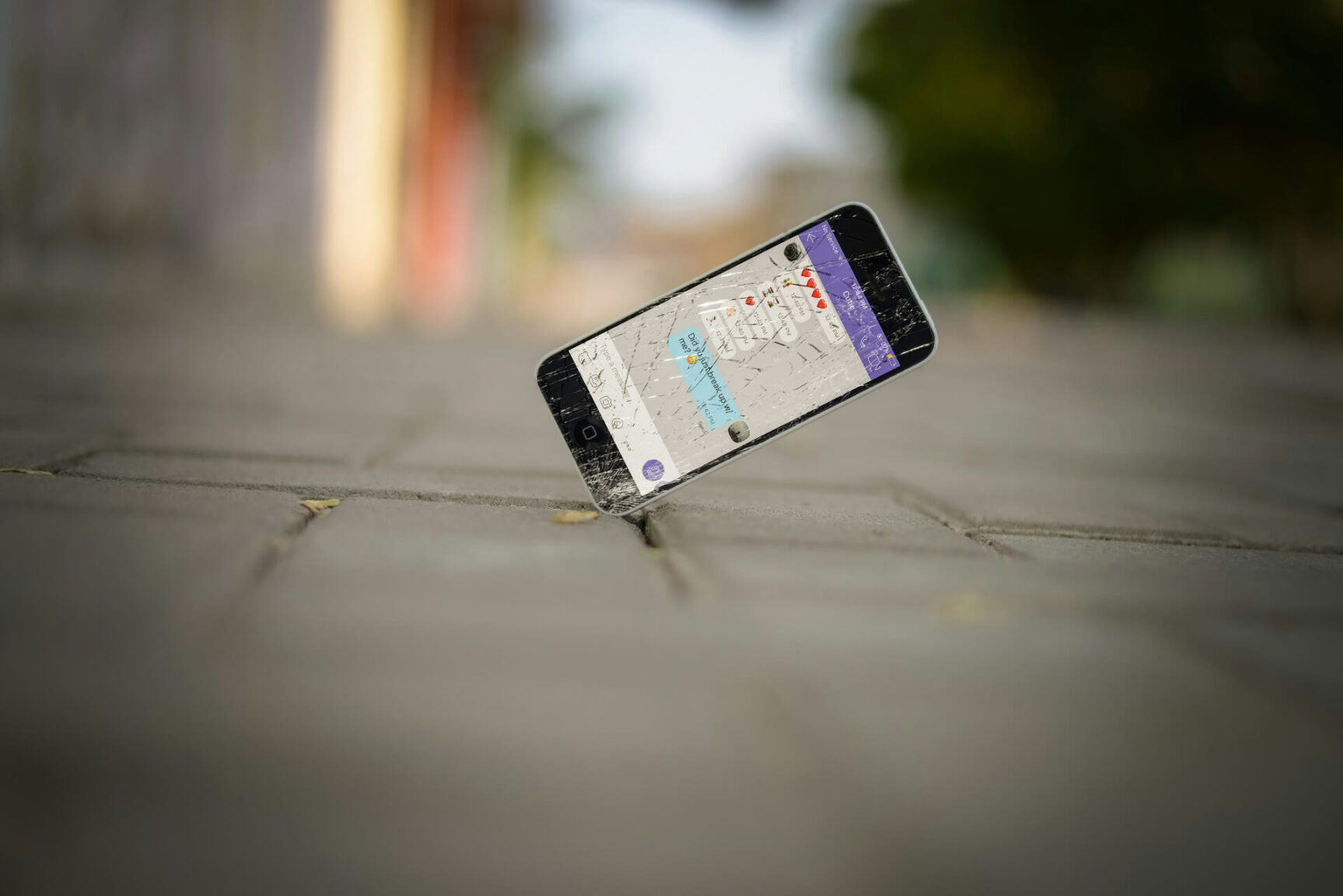
Tips for Minimizing Repairs
A repairable phone is ideal, but making your phone last as long as possible is the key to sustainability. These tips will help everyone have a better relationship with their devices, preventing them from prematurely going to landfill:
- Put on screen protectors and sturdy phone cases, prioritizing robustness over aesthetics — though you can have both.
- Steer clear of scams or sites that would hack your phone, compromising safety and efficiency.
- Don’t take phones near water, such as bathrooms or pools.
- Putting phones down if you’re having a heated argument ensures it is not thrown.
- Keep phones away from pets.
The World Needs a Repairable Phone
The repairable phone can no longer be a dream — it is a necessity. Additionally, Fairphone and Teracube cannot carry the burden alone. Corporations like Apple must do their part, as well. To prevent millions of pounds of poisonous electronics from seeping into the planet, phones must live longer and give users greater agency over their improvements.
The repairable phone is the most accessible way to start a new tech revolution. Eventually, laptops, tablets, and more will have transferable and upgradable elements better for wallets and the planet.
Revolutionized is reader-supported. When you buy through links on our site, we may earn an affiliate commission. Learn more here.
Author
Emily Newton
Emily Newton is a technology and industrial journalist and the Editor in Chief of Revolutionized. She manages the sites publishing schedule, SEO optimization and content strategy. Emily enjoys writing and researching articles about how technology is changing every industry. When she isn't working, Emily enjoys playing video games or curling up with a good book.
